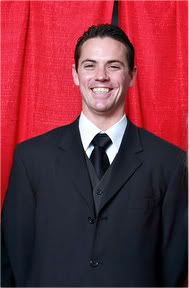Have you ever Swung your Golf Club and felt as if you were going to be out of bounds, searching for your ball in an awkward location, or 100 yards shorter than you needed to be, but as you watched the ball fly it went 250 yards and landed right in the middle of the fairway????
I haven't but I can imagine what that would feel like. Only Kidding. I send out an tweet and a facebook to get at some information that you guys wanted to read. So thank you.

Back on topic: THAT DIDN'T FEEL RIGHT?
Why? Our bodies often times work in patterns or habits. We have been designed to be able to remember and reproduce movements. The more we do them the more the body recognizes then and the less brain power and extra energy expenditure there is to get a movement accomplished.
This is the miracle of the nervous system! Our brain has several components and various "areas" of expertise. The ones that helps us remember patterns and movements are a combination of the front of the brain, deep in the middle of the brain and the cerebellum.
So why if I have swung the club thousands of times does my body not feel right, yet the ball goes right, or even worse if my body feels right and the ball ends up in La-La land.
This is because there can be a slight break down in communication between the sum of all parts and this confuses your body and it thinks it is beginning a new pattern. It may be something as simples as the wind blowing or a fly landing on your leg. It may be something that the body corrected naturally such as you were about to go over the top "body feels wrong" and it self corrected to make a beautiful shot. It may be you hit the sweet spot on the club, when you are used to hitting a millimeter off. All of these things seem like small bits but to the brain they are HUGE.
The brain is all about feeling right. When new information is sent it, new information must be processed and sent out. And that could ultimately make you "sense" that you had a bad swing, but in reality it was a new out put from a great input.
The nervous system is capable of amazing things, guard it well. Go out, play well and enjoy the courses of the world!



